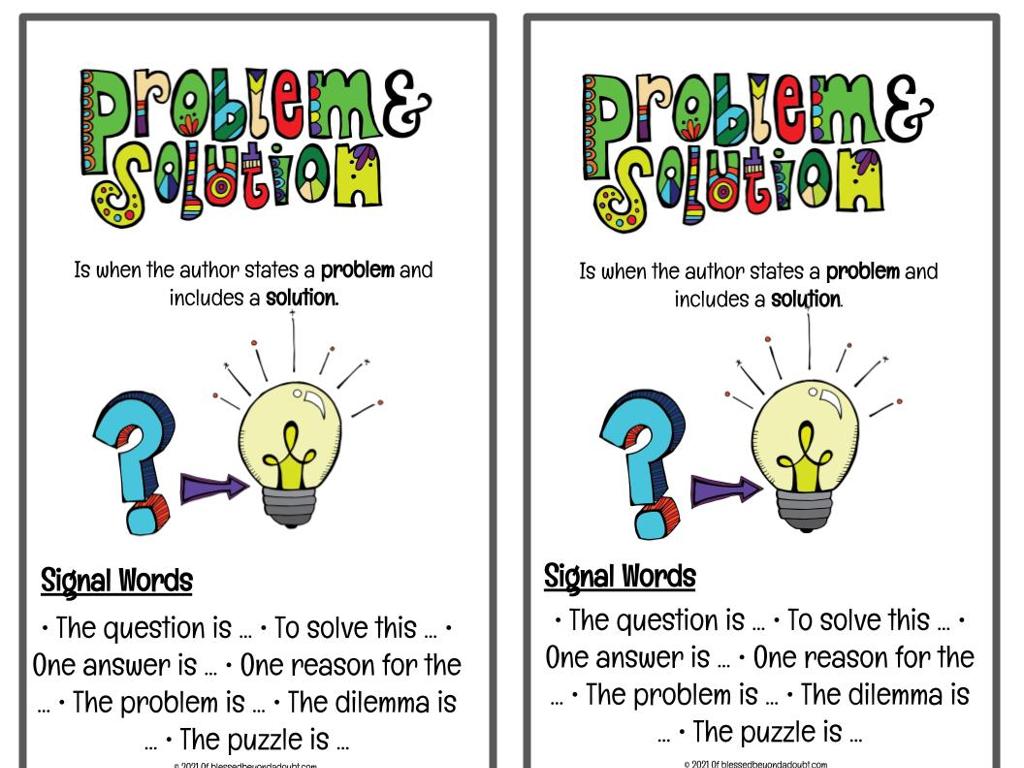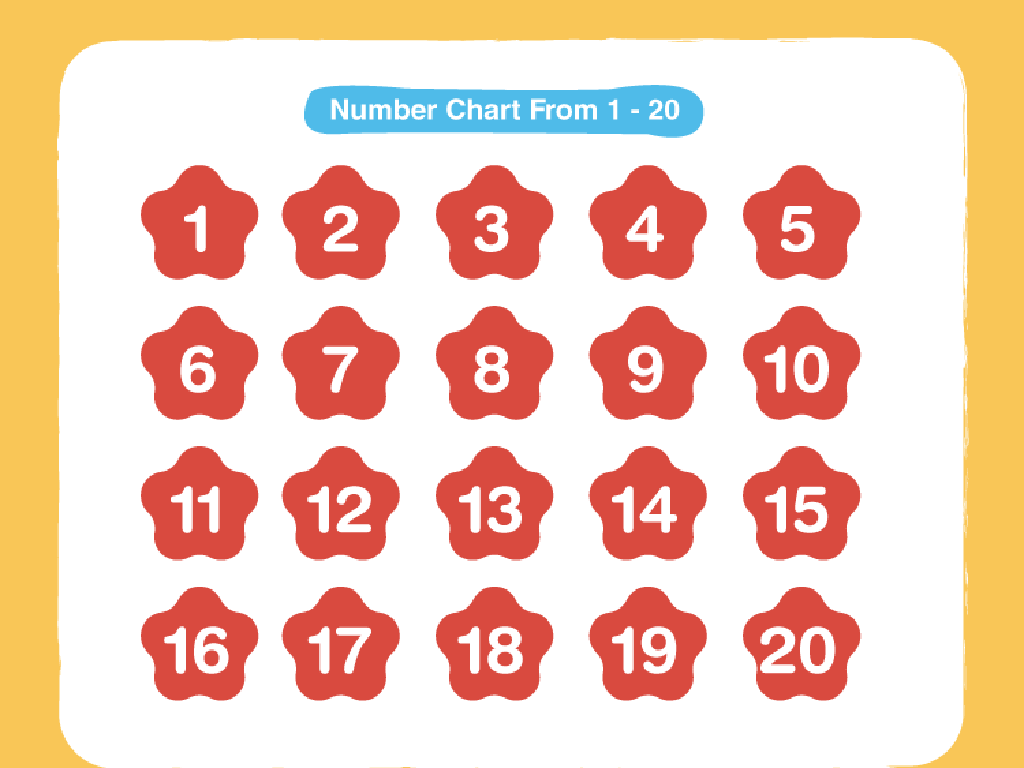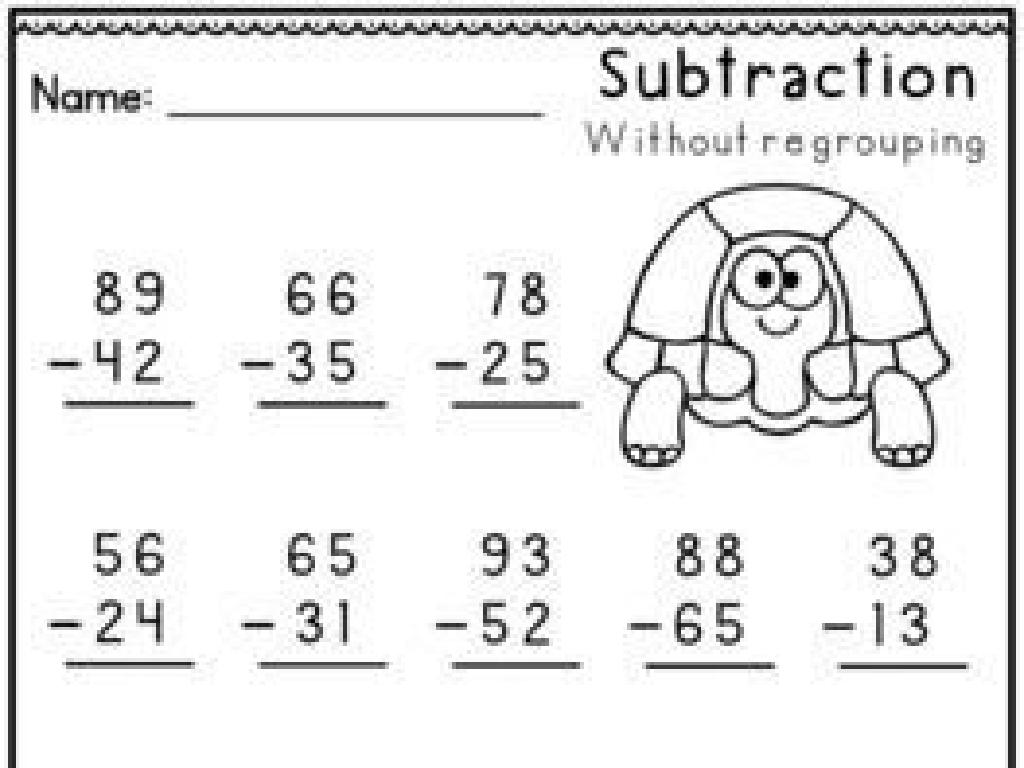Formatting Quotations And Dialogue
Subject: Language arts
Grade: Seventh grade
Topic: Formatting
Please LOG IN to download the presentation. Access is available to registered users only.
View More Content
Formatting Quotations and Dialogue
– Importance of formatting
– Formatting guides the reader through the text.
– Quotations vs. Dialogue
– Quotations are exact words, dialogue is conversation.
– Clarity through proper formatting
– Correct formatting avoids confusion in written work.
– Practice formatting examples
|
This slide introduces students to the concept of formatting quotations and dialogue, emphasizing its role in enhancing readability and comprehension. Explain that formatting helps readers distinguish between the author’s narrative and the characters’ spoken words. Highlight the difference between direct quotations (citing someone’s exact words) and dialogue (the spoken words between characters in a text). Emphasize that proper formatting is crucial for maintaining clarity, as it helps readers easily follow who is speaking and understand the flow of conversation. Include examples of both quotations and dialogue to illustrate proper punctuation and formatting. Encourage students to practice formatting by rewriting sentences with correct quotation marks and dialogue tags.
Understanding Quotations in Text
– Define quotations
– Quotations are exact words taken from a speaker or text.
– Identifying quotations
– Look for quotation marks around the text to find them.
– Quotations in literature
– Famous lines from books or speeches, like ‘To be, or not to be’ from Shakespeare.
– Practice with examples
|
This slide introduces the concept of quotations, which are the exact words from a speaker or written source enclosed in quotation marks. Emphasize the importance of accuracy when quoting and the use of quotation marks to signify the beginning and end of a quoted section. Provide examples from well-known literature to illustrate how quotations are used in writing. Encourage students to practice identifying quotations in various texts and to understand their significance in supporting arguments and providing evidence in their writing. The practice examples can include sentences from books they are currently reading or famous historical speeches.
Formatting Quotations in Writing
– Correct use of quotation marks
– Quotation marks (” “) indicate spoken words or text from a source.
– Integrating quotes into sentences
– Blend quotes smoothly with your own words for clarity.
– Punctuation within quotations
– Periods and commas always go inside quotation marks.
– Practice with examples
– Let’s apply these rules to ensure we understand them.
|
This slide aims to teach students the basic rules for formatting quotations in their writing. Start by explaining the purpose of quotation marks and how they are used to signify direct speech or quotations from a text. Emphasize the importance of integrating quotations into sentences without disrupting the flow of their own writing. Clarify the placement of punctuation such as periods, commas, question marks, and exclamation points when they are used with quotation marks. Provide examples for each rule and encourage students to create their own examples. This will help solidify their understanding and give them practical skills for their writing assignments.
Understanding Dialogue in Literature
– Define dialogue in literature
– Dialogue: Characters’ spoken words in a text
– Dialogue’s role in stories
– It reveals character traits and advances the plot
– Examine dialogue examples
– ‘Where are you going?’ asked Mary. ‘To the market,’ John replied.
– Dialogue enhances character & plot
|
This slide introduces the concept of dialogue and its importance in literature. Dialogue refers to the words spoken by characters in a novel or play, and it’s a crucial element that brings characters to life and moves the story forward. It can reveal key character traits, show relationships, and build tension. Use examples from familiar novels or plays to illustrate how dialogue functions, and encourage students to think about how dialogue affects their perception of characters and events. Have students identify dialogue in their reading assignments and consider its impact on the narrative.
Formatting Dialogue Correctly
– Start a new paragraph for each speaker
– Use dialogue tags correctly
– Tags like ‘he said’ or ‘she asked’ clarify who’s speaking
– Place punctuation inside quotes
– Commas and periods go within quotation marks
– Practice with examples
– ‘I love reading,’ she whispered.
|
This slide aims to teach students the basic rules for formatting dialogue in their writing. Emphasize the importance of starting a new paragraph each time a different character speaks to avoid confusion. Explain the use of dialogue tags and how they should be incorporated into sentences. Highlight that punctuation, such as commas and periods, should always be placed inside the quotation marks. Provide examples and encourage students to create their own dialogues as practice. This will help them understand the flow and clarity that properly formatted dialogue brings to their writing.
Practicing Quotation and Dialogue Formatting
– Identify quotation format errors
– Look for missing punctuation, incorrect capitalization, and misplaced quotation marks.
– Correct dialogue formatting
– Use proper punctuation, tags, and paragraphing for clarity.
– Discuss format’s importance
– Correct formatting leads to better comprehension and communication.
– Class activity: practice examples
|
This slide is designed to engage students in a practical exercise to reinforce their understanding of proper quotation and dialogue formatting. Begin by presenting sentences with common formatting errors and ask students to identify and correct them. Then, provide a short paragraph with dialogue and have students rewrite it with the correct format. Emphasize the importance of proper formatting in ensuring clear communication and avoiding misunderstandings in written text. As a class activity, students can work in pairs or small groups to practice these skills, and then discuss as a class why correct formatting is crucial for understanding. Provide guidance and feedback as necessary.
Class Activity: Crafting Dialogue
– Pair up and write a dialogue
– Use correct quotation formatting
– Start and end spoken words with quotation marks
– Dialogue should reflect character speech
– Include proper punctuation within the quotations
– Prepare to present your dialogue
|
This activity is designed to help students practice formatting dialogue correctly. Students should pair up and create a short conversation between two characters, ensuring they use quotation marks at the beginning and end of each character’s spoken words. Remind them to include appropriate punctuation, such as commas, periods, question marks, or exclamation points, inside the quotation marks. This exercise will reinforce the lesson on formatting quotations and dialogue. After writing, students will share their dialogues with the class, providing an opportunity to showcase their understanding and to learn from each other’s examples. Possible variations for the activity could include writing dialogues from different genres, creating dialogues with more than two characters, or incorporating non-verbal communication cues.
Conclusion: Mastering Quotation & Dialogue Formatting
– Recap key formatting rules
– Review rules like punctuation inside quotes, capitalizing first word in dialogue.
– Consistency is crucial
– Consistent formatting helps clarity and readability.
– Practice makes perfect
– Use worksheets, write dialogues, and peer review.
– Apply skills in your writing
– Incorporate dialogue in stories, essays, and assignments.
|
As we wrap up, it’s important to revisit the essential rules of formatting quotations and dialogue. Emphasize the need for consistency in applying these rules to ensure clarity and professionalism in writing. Encourage students to continue practicing by providing them with worksheets, suggesting they write their own dialogues, and engage in peer-review sessions. Finally, urge students to apply these skills in their everyday writing tasks, such as stories, essays, and other assignments, to reinforce their learning and build confidence in their formatting abilities.





